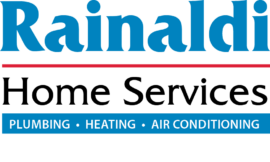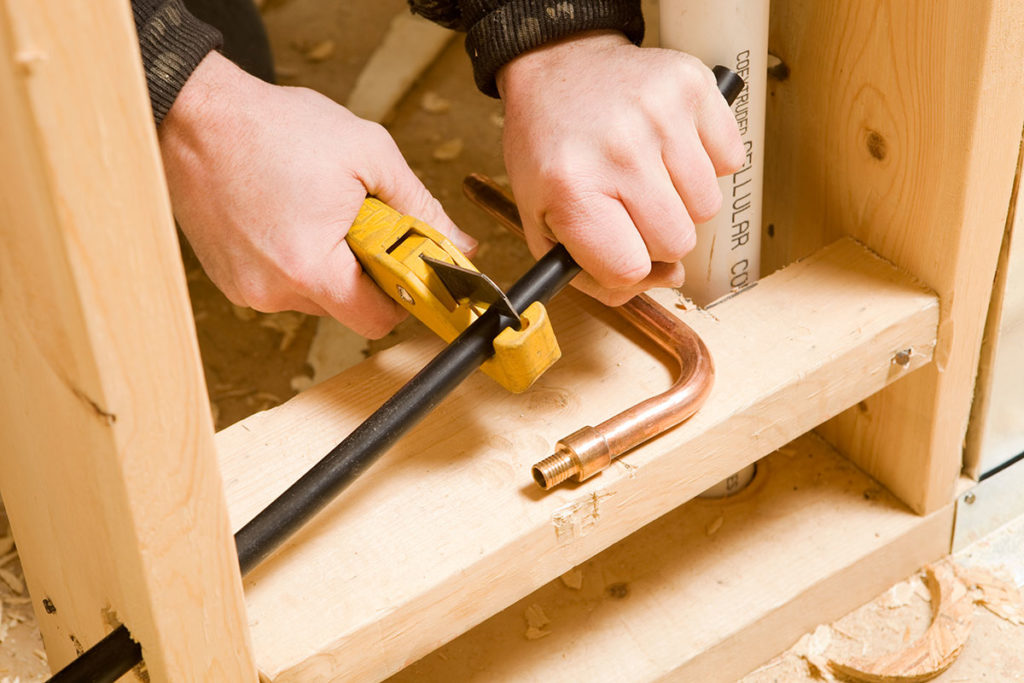Many Florida homes built between the late 70s through the mid-90s contain polybutylene pipes. Polybutylene is a type of plastic resin that was used frequently in the manufacture of water supply piping during this time period. It was an inexpensive material that was used to replace the traditional copper piping and was recognized for its cost savings, flexibility, and ease of installation. Unfortunately, homes built using piping with this “revolutionary” material started experiencing massive problems.
In the 90s many homeowners started reporting allegations of polybutylene pipes that had ruptured and caused property damage. A Class Action suit was filed and a $1 billion settlement reached in 1995 (Cox v Shell Oil)1 at which point these pipes were no longer acceptable by U.S. building codes. In mid-1996 production of polybutylene ceased.2
Two studies published by the University of Illinois at Chicago show that certain disinfectants can react with the polybutylene and cause it to “flake apart at any location within the piping system.”2
Over time small fractures can deepen and work their way to the pipe’s exterior allowing water to escape. There is also an argument that the chlorine in our water source contributes to the deterioration of these pipes. Leaking occurs in two different ways, without warning from the result of a burst pipe that floods your home if not stopped immediately or from a “silent” leak that goes undetected, seeping into drywall and causing mold issues and other water damage.
Although there are no regulations that require replacement of the polybutylene piping in your home, it’s smart to be aware if your home has any installed, as these pipes take about 10-15 years to deteriorate. When trying to locate and identify polybutylene pipes in your home there are several things to look for. First, polybutylene pipes are commonly grey but can also be white, silver, black or blue. They are usually stamped with the code “PB2110” and are not used for waste, drain or vent piping. They can be located in your home’s interior or exterior. (List from International Association of Certified Home Inspectors)2:
Interior:
- Protruding from walls to feed sinks and toilets
- Running across the ceiling of an unfinished basement
- Near your water heater
Exterior
- Entering the home through a basement wall
- At the water meter
- At the main water shut-off valve
The majority of polybutylene pipes range in size from ½” and 1” in diameter. Another distinguishing factor, because polybutylene is flexible they can appear curved, versus the stiff pipes most plumbing systems will have. And if that’s not enough, even if your home has copper pipes, parts of your home’s plumbing system may contain polybutylene material that you might not be aware of. If you aren’t sure what type of pipes are used in your home and on your property, it’s a good idea to have them inspected by a professional.
At Rainaldi Home Services, we want to help you avoid unnecessary damage to your Orlando area home. Give us a call at (407) 413-9795, and we can inspect your current plumbing system to ensure that it does not contain polybutylene piping and if necessary, we have the expertise to repipe your system.
1“Class Action Revisits Settled Case Over Allegedly Defective Shell Oil Polybutylene Piping Systems.” ClassAction.org, https://www.classaction.org/news/class-action-revisits-settled-case-over-allegedly-defective-shell-oil-polybutylene-piping-systems.
2“Polybutylene for Inspectors.” Polybutylene for Inspectors – InterNACHI®, https://www.nachi.org/pb.htm.

